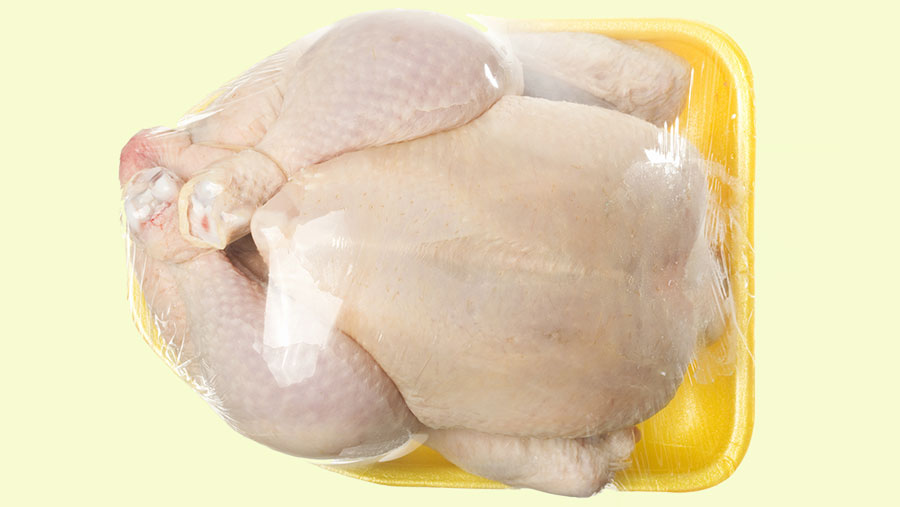Campylobacter on the increase throughout Europe
 © WestEnd61/Rex Shutterstock
© WestEnd61/Rex Shutterstock The number of human cases of campylobacteriosis have continued to rise in Europe, as has food poisoning relating to listeria and salmonella, according to the latest annual report from the European Food Safety Authority (EFSA).
Figures for 2014 show there were 236,000 cases of campylobacter food poisoning across Europe that year, up 10% on the previous year. About 30% of cases resulted in hospitalisation.
Campylobacter was by far the biggest cause of food poisoning, and compared with 88,715 made ill by salmonellosis and just 2,161 affected by listeria, though both these figures were up too.
See also: Consumers still ignorant of campylobacter risks
“The majority of EU member states reported an increase in the number of campylobacteriosis cases in 2014, which could be partly explained by improvements in the surveillance system and/or improved diagnostics,” said an EFSA statement.
On average, the EU notification rate for campylobacteriosis was 71 cases per 100,000 head of population.
The UK was ranked fourth highest at 104 cases per 100,000 head of population, while the Czech Republic had 197.
EFSA identifies chickenmeat as the primary source of campylobacter, with 38% of broilers tested across 18 member states showing positive results.
There was a wide range of results between member states, with the UK at the top end (76% positives).
But figures for 2015 are expected to show a marked improvement for the UK, given the investment by the supply chain in control measures.
The Food Standards Agency’s most recent data showed that the contamination rate at retail had dropped by 7% in July to September 2015, compared with the same period of 2014.
